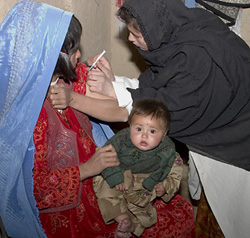Our
US employer-based health insurance system is crumbling - with the
result that there are more uninsured people with less access to needed
health services. In 2005, the number of uninsured climbed to 47
million, the result of steady increase since 2000. Even more disturbing
are the present trends that show the number of uninsured could reach 56
million by 2013.
Health care
is expected to account for $1 of every $5 spent in the United States in
another decade.Over the coming decade, spending on health care will
continue to outpace the overall economy. By the year 2016, it will
total nearly $4 trillion,
economists at the Centers for Medicare and Medicaid Services have
stated.
But the time for
change is ripe - in 1994, the business
community said we can’t afford
healthcare reform. In 2007, the business community is saying we can’t
afford
not to fix American healthcare. Leaders are saying the country is
willing to accept the proposition that you cannot fix American
healthcare without getting everybody a solid, affordable, good quality
health plan, a plan with prevention, with outpatient, with
catastrophic, with the basics. We have in this country essentially sick
care rather than healthcare. There are multiple plans for reform
on the agenda which we will explore.

This intensive format
(Saturdays and online course) facilitates an analysis of major health
service delivery and administration within a theoretical context by
looking at linkages and interconnections, the nature of health system
boundaries, external influences, and metacultural frames exploration;
to promote a broader understanding of how health care systems operate
in industrial countries, third
world countries and tribal programs in the United States. A look abroad can often provide insights
about problems at home and promote innovations.







